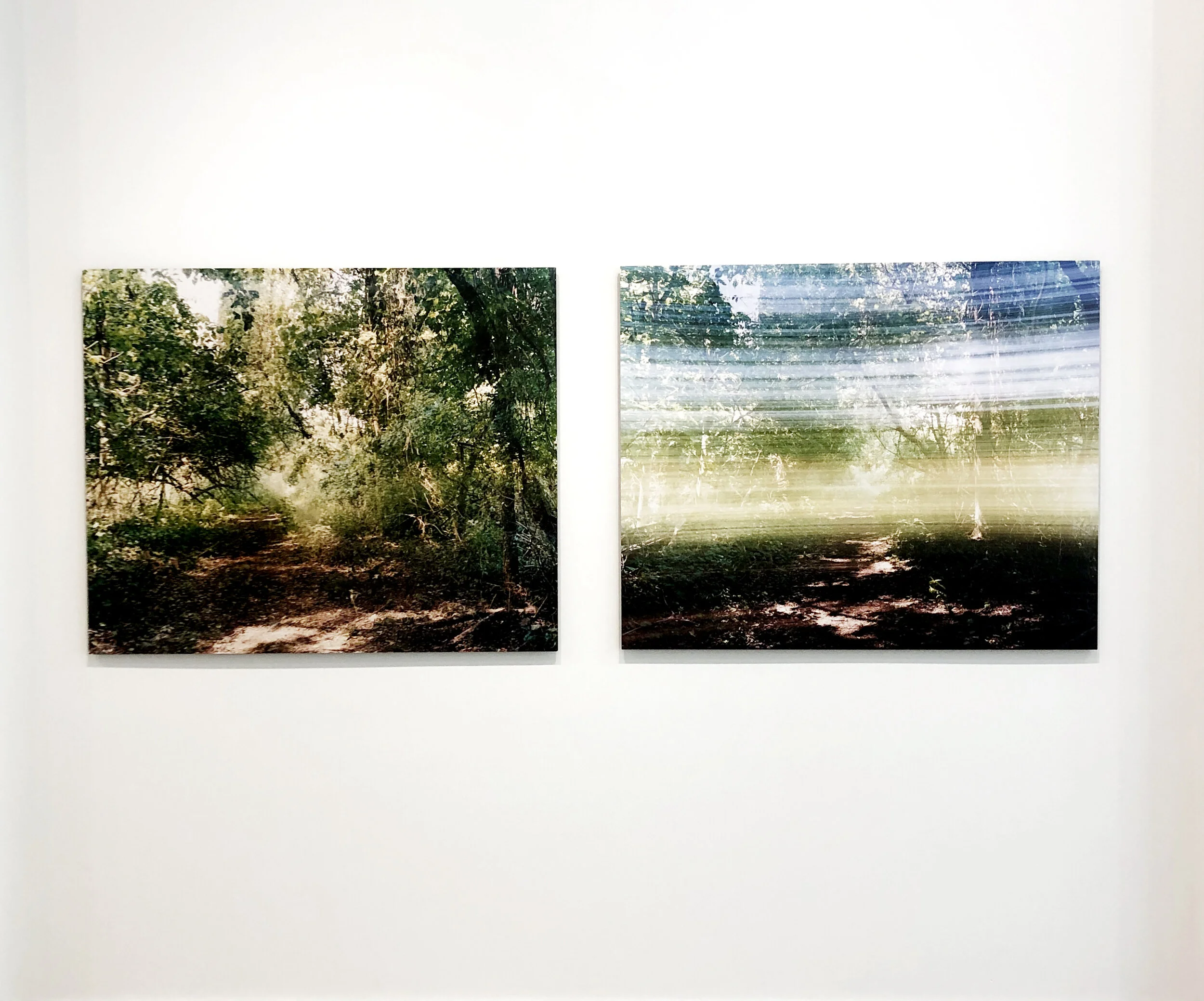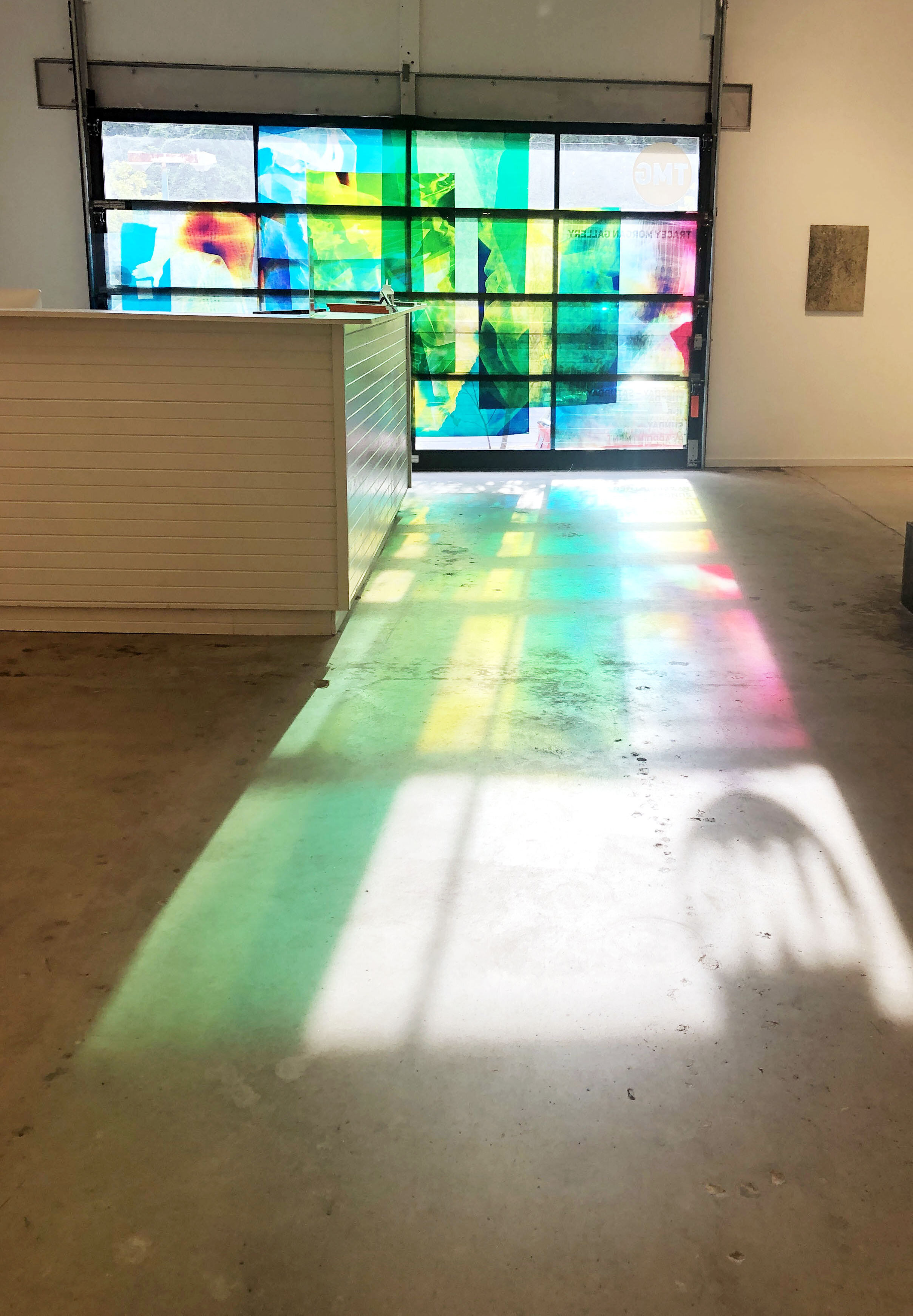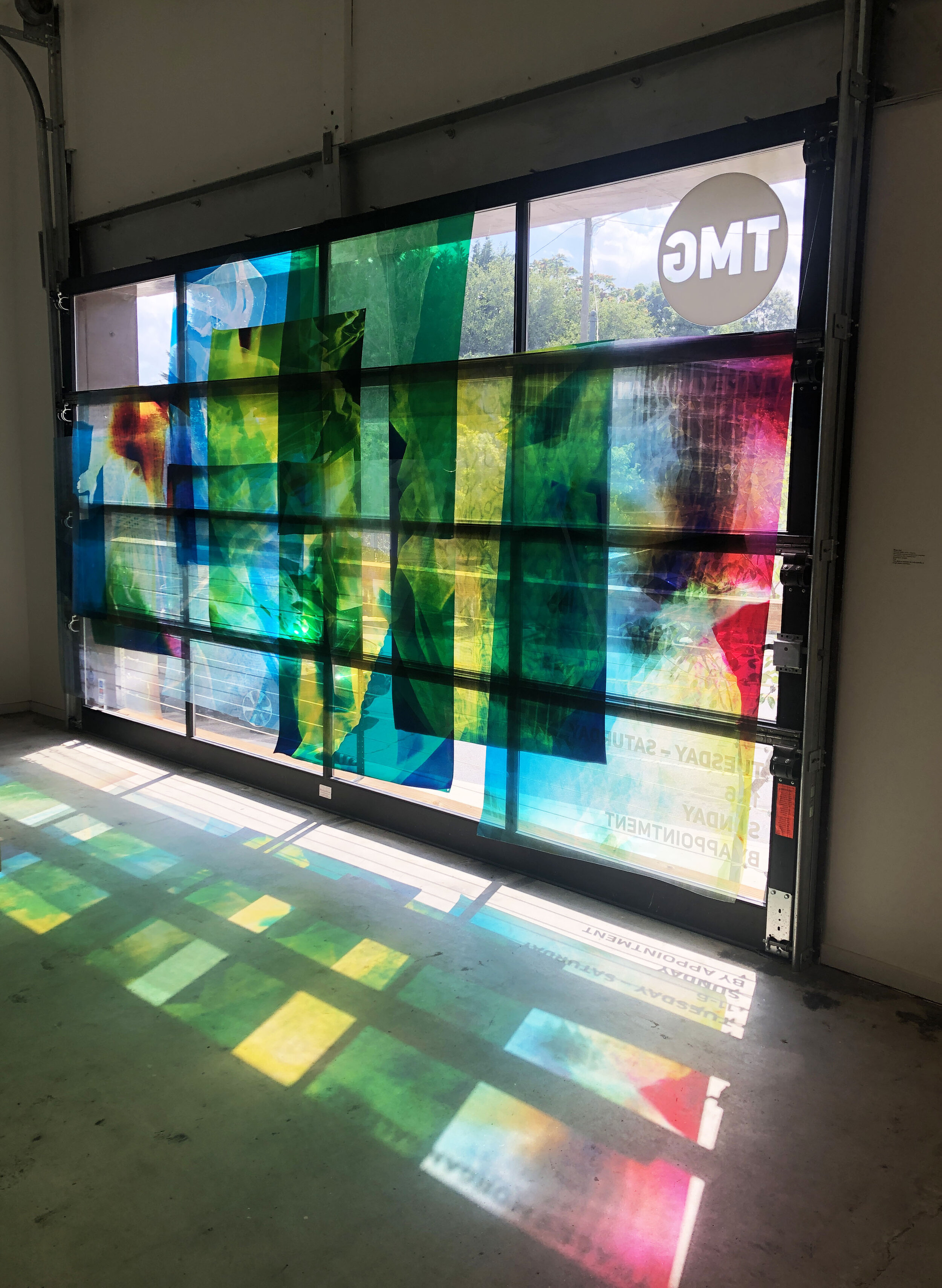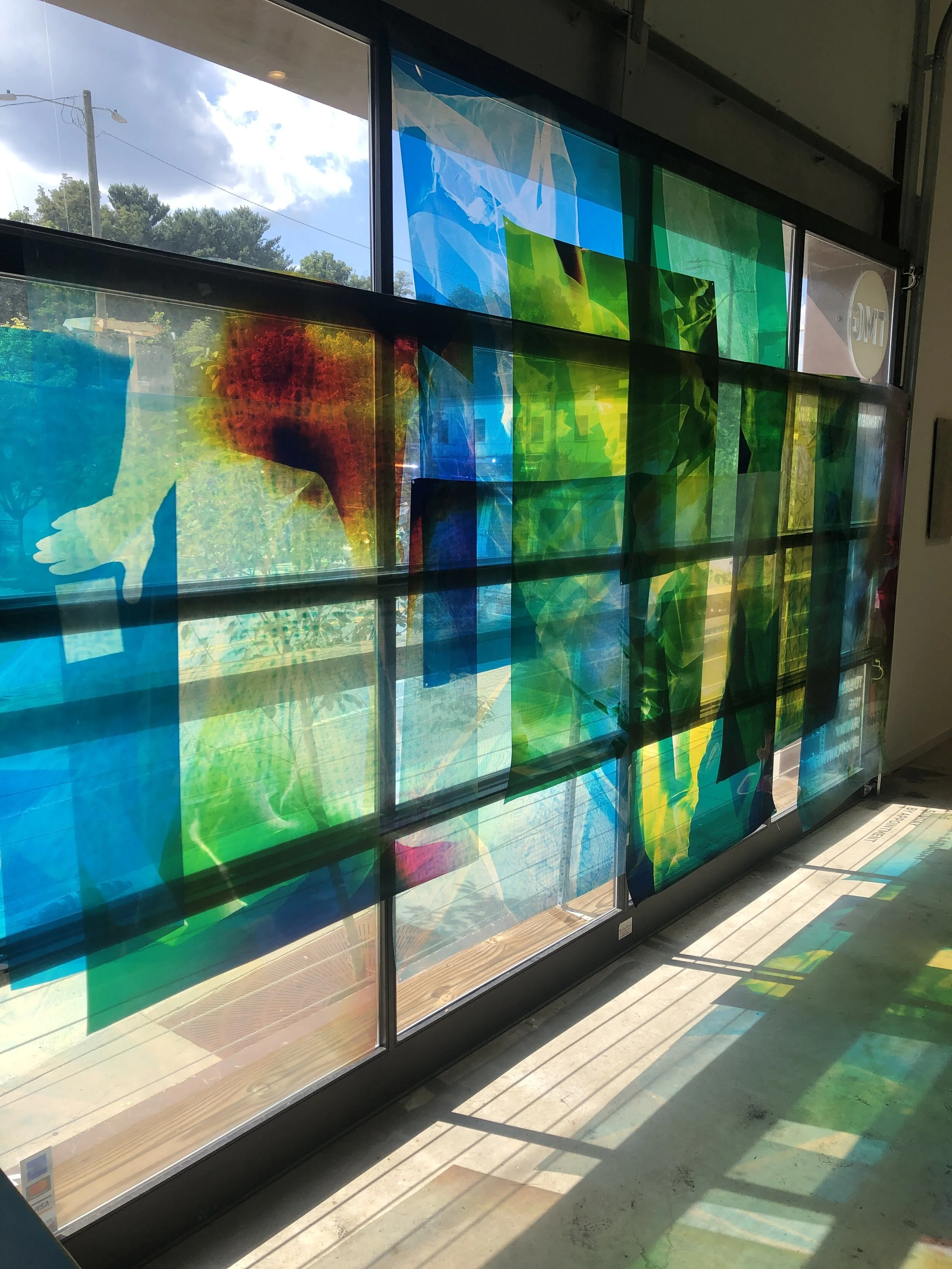Exhibition Review: Bryan Graf
Turning Back (Quickly Panning), Turning Back (Slowly Panning), 2017 Diptych, 40x 50 inches each (40 x 100 inches total), Edition of 5.
Image courtesy, Tracey Morgan Gallery, Asheville, NC.
Written by Shanel Thompson.
When I think of a diverse body of unique work that breaks the mold of new and experimental photography, I think of Bryan Graf.
Graf’s multifaceted approach to photography is inspired by his interest in the history of photography and its relationship to design, painting, and narrative fiction. His method incorporates combining tracks that have visceral, optical, and conceptual relationships with each other.
“Turning Back (Quickly Panning) Turning Back (Slowly Panning), 2017,” was captured in a specific spot on a walking path where both directions are nearly identical, creating a visual palindrome. Both images were made using long exposures with the same set of variables, but one was captured while panning the camera quickly, and the other, panning slowly. The resulting images engage with the same place, but with unique manipulations of time and space.
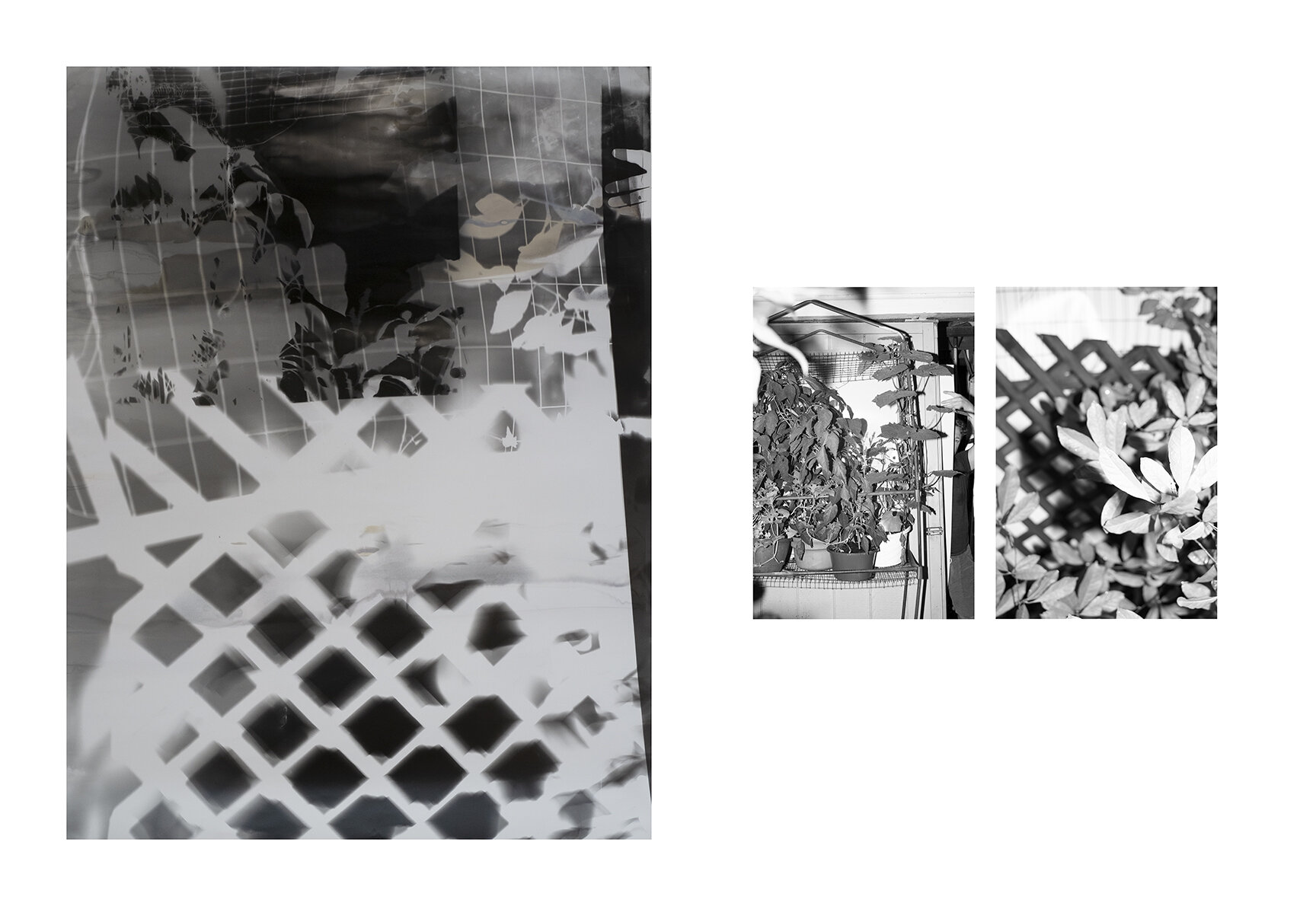


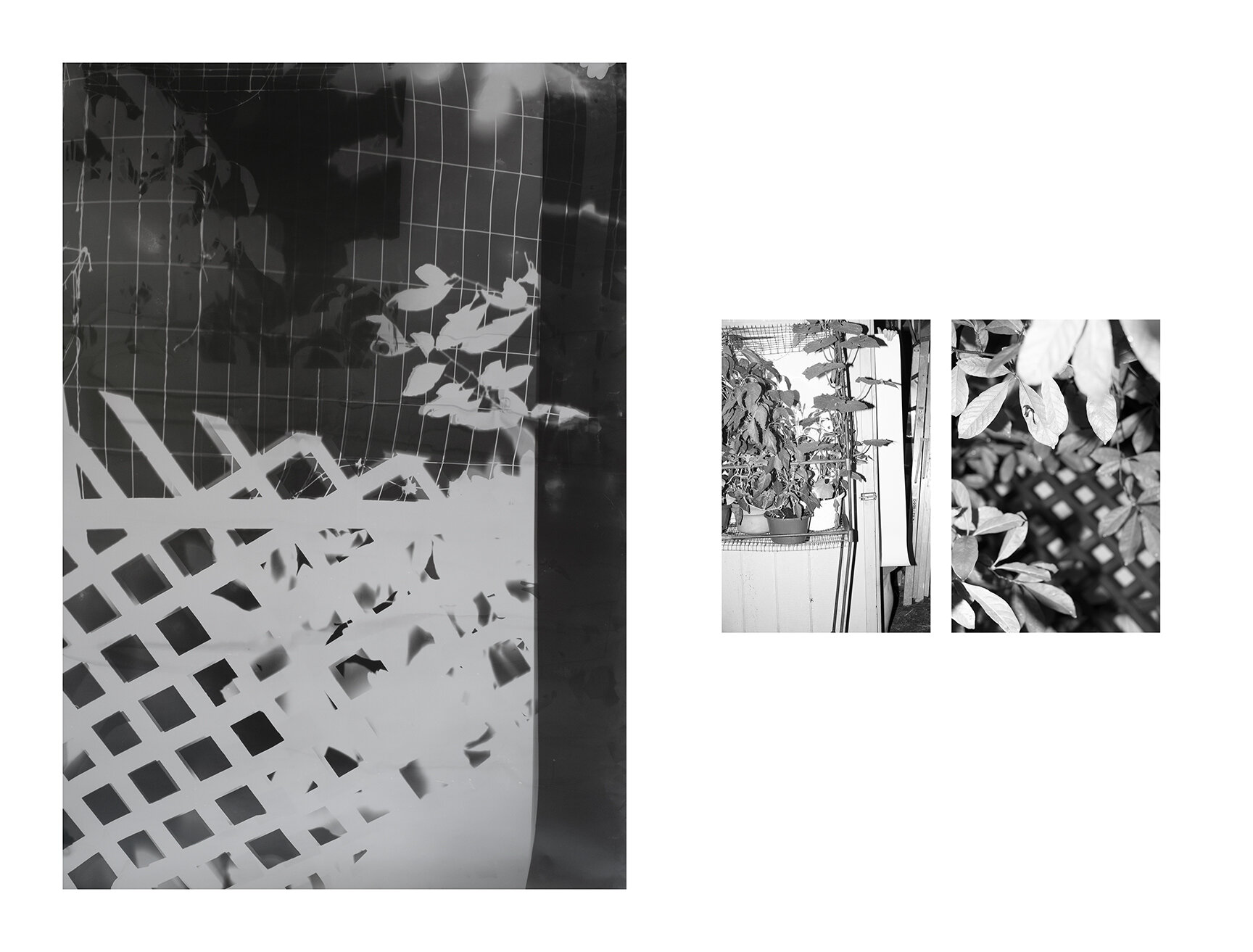
Unformed colorful shapes are often integrated into his images which at times may seem abstract. In his series “Studio Gardening,” Graf manipulates images in nature such as branches and leaves to add texture and realism to his images while contrasted in hues of somber grays and stark whites that alludes to a sense of nostalgia.
“Shot/Reverse Shot, Studio Gardening at Night #3” was simultaneously informed by a book of interviews Graf was reading with Jean-Luc Godard who spoke about the shot/reverse-shot technique in cinema being all wrong. This made Graf occupied with how to make a shot/reverse-shot with still images, while simultaneously pursuing the desire to make a photogram outside.
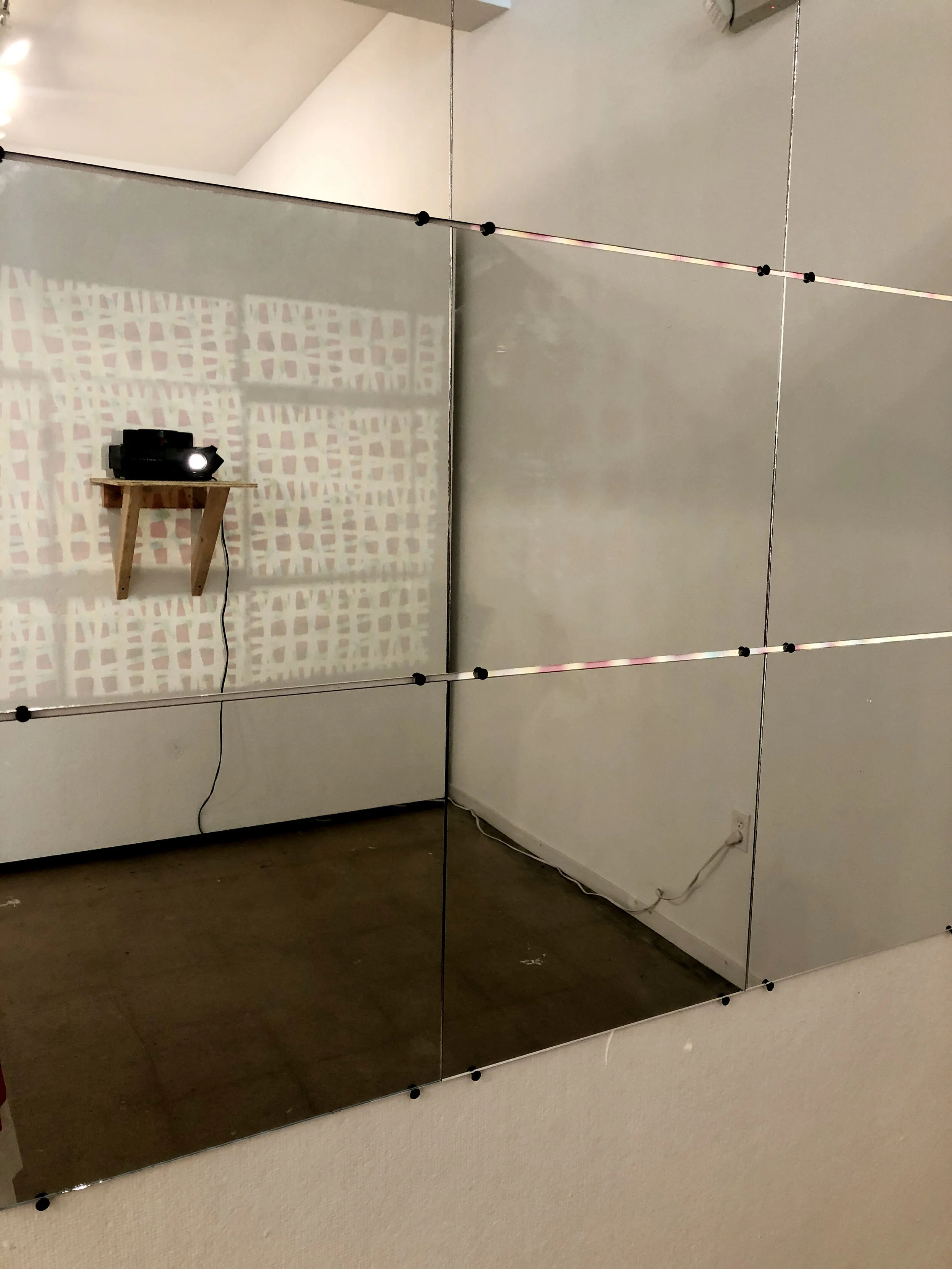
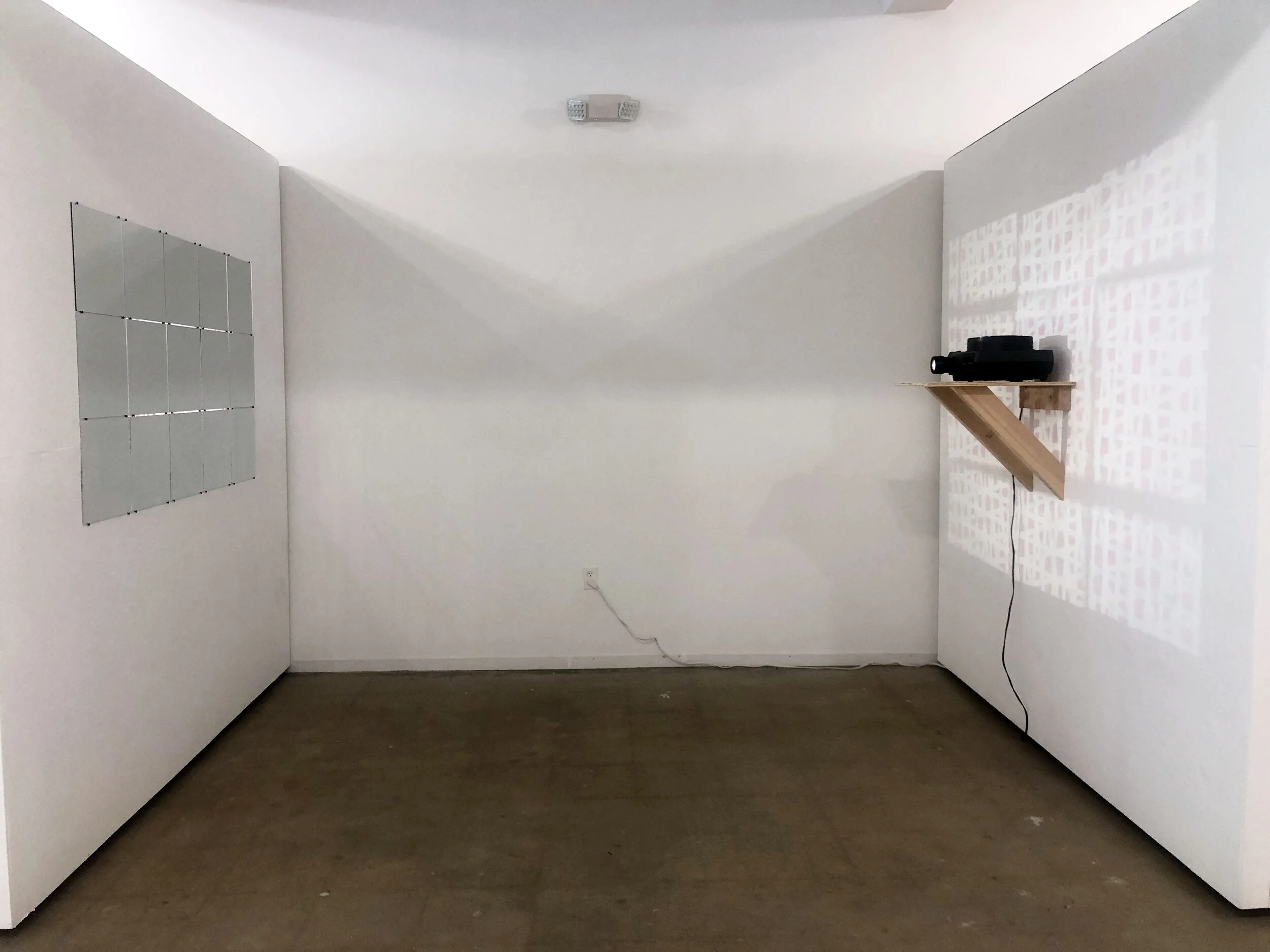
His series “Reflected Projections” uses a combination of a slide projector, mirrors, and transparency slides of screen material cut down from the scraps of large geometric abstractions. Graf creatively utilizes a slide projector that is mounted to one wall and a corresponding grid of mirrors on the wall opposite the projector – reflecting back images to the source of their projection. The slides are on a never-ending loop. The self-timer is usually synchronized to change slides based on the average interval at which we blink our eyes.
Graf’s ingenuity with layering and contrasting different materials in his images results in unique photographs that capture a viewer's attention and triggers the imagination.
To see more of Bryan Graf’s work press here.
Palm Fade (self portrait in a garden), 2019, set of 7 unique Chromogenic Photograms, 10 x 8 inches each (10 x 56 inches total).
Image courtesy Tracey Morgan Gallery, Asheville, NC.
Jungle Code (self portrait), C-Print, 24.5 x 17.5 inches, Edition of 5.
Image courtesy Tracey Morgan Gallery, Asheville, NC.
Oaxacan, 2015, Unique C-Print, 24 x 20 inches.
Image courtesy Tracey Morgan Gallery, Asheville, NC.



